In this podcast episode (in Danish), you will learn the differences between change as natural process and a ”built in” part of the organization, compared to change as a linear process that is ”bolted-on” when needed. You’ll get an understanding of why the first is more likely to succeed than the latter.
[powerpress url =https://media.blubrry.com/fremtidensledelse/content.blubrry.com/fremtidensledelse/FL26_Build_in_eller_Build_on.mp3]
If you want to read more about this topic, we recommend you to dive into this blog post.







